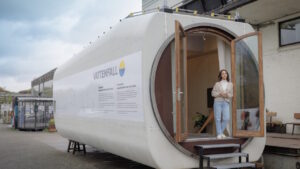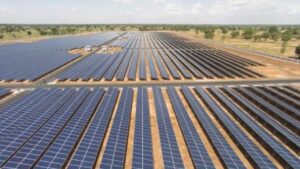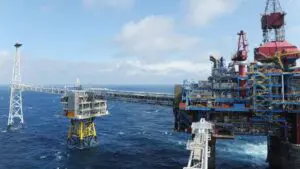It’s that time of the year when the Clean Energy Regulator releases the data it has gathered from Australian corporations, on their annual emissions and energy consumption.
As the 2016-17 data shows, the top 10 corporate emitters is more or less a name-check of the nation’s major black and brown coal power generators – with gas major Santos and coal miner Glencore thrown in.
All told, the team of fossil fuel generators and miners emit nearly half of all of Australia’s scope 1 emissions – which are the emissions released to the atmosphere as a direct result of an activity, or series of activities at a facility level; aka “direct emissions.”
Leading the pack is AGL Energy, whose 43.4 millions tonnes of scope 1 emissions come in at more than double those from the next biggest emitter, Energy Australia – a record it intends to guard jealously for another three decades.
And why wouldn’t it? As we reported here, AGL’s latest financial results from from its coal and gas generation assets revealed the gen-tailer’s electricity gross margins – that’s the difference between the price it sells its output over the costs of generation – jumped a whopping 30 per cent in the latest half, from $772 million to $996 million.
So why does the CER bother collecting this data? As it puts it: “Australian corporations that meet certain thresholds are required to report their emissions and energy information to the Clean Energy Regulator. This data helps inform government policy and programs and meet Australia’s international reporting obligations.”
Somebody say policy?










